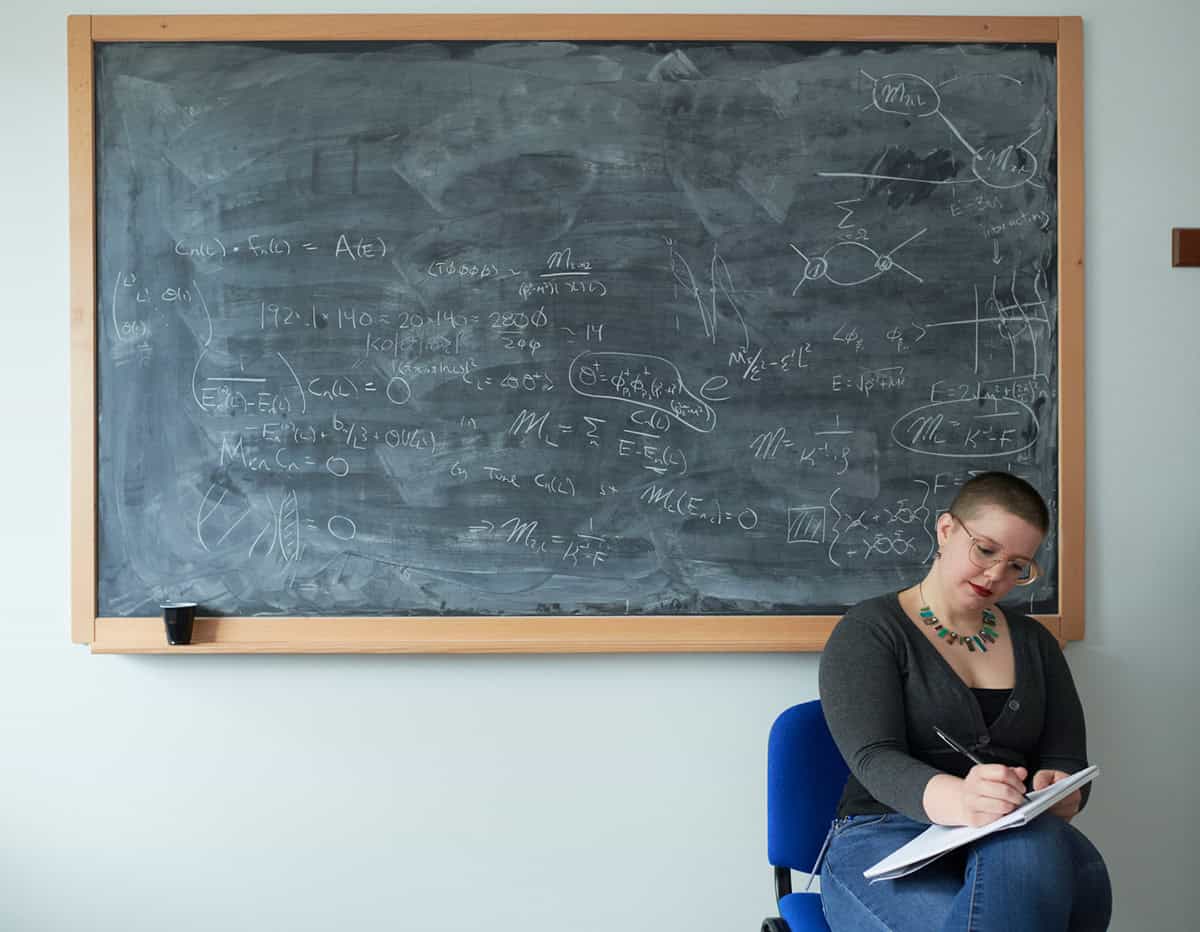Physicsworld
3w
317

Image Credit: Physicsworld
Delving into the scientific mind, astronomy’s happy accidents, lit science experiments at home, the art of NASA: micro reviews of recent books
- The Shape of Wonder by Alan Lightman and Martin Rees explores the nature of science, critical thinking, and the creation of scientific theories.
- Profiles of scientists, including historical figures like Werner Heisenberg and rising stars like Dorota Grabowska, are included in the book.
- Our Accidental Universe by Chris Lintott looks at astronomy through human errors and accidents, discussing topics like alien life and the Hubble Space Telescope.
- Chris Lintott's personal touch adds to his goal of explaining how science progresses.
- Science is Lit by Emanuel Wallace introduces physics concepts to children in a fun way, encouraging home experiments for children aged 8-12.
- Wallace aims to make children experience the scientific process firsthand.
- Space Posters & Paintings by Bill Schwartz showcases NASA's art program since 1962, featuring artworks related to NASA missions.
- The book includes striking artworks depicting NASA's history and missions across the solar system.
- Particularly notable are Robert McCall's paintings of the Gemini and Apollo missions.
- The article presents micro-reviews of recent books delving into various scientific topics.
- The books cover a range of subjects from scientific thinking to astronomy and home science experiments.
- Art about NASA is highlighted as a visually captivating aspect of the space agency's work.
- The books mentioned cater to audiences interested in science, astronomy, and NASA's artistic legacy.
- The featured books offer insights into the scientific world and provide engaging ways to explore different scientific fields.
- The article presents a diverse selection of books that blend science, art, and educational components for readers of varying interests.
Read Full Article
19 Likes
For uninterrupted reading, download the app